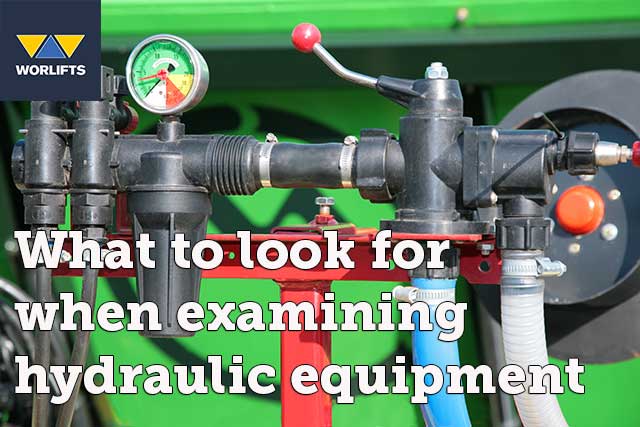What will an on-site engineer look for when examining your hydraulic equipment
Hydraulic equipment and pump breakdowns happen, it's a fact of the working life of equipment that is put through its paces regularly. If such a breakdown happens, an engineer will need to be called, or maybe you're the engineer?
Here's what you should check if you are an engineer and what to expect should a hydraulic engineer be called on site.
There are a few things to examine and these should be considered carefully, especially if it's the engineers first time on site and it's unfamiliar equipment. Hydraulics have been around for a long time and they can run for decades so there's a chance the engineer won't be familiar with it.
So, with that in mind the engineer should look for the name plate of the pump. It should have the manufacturer information, the type of pump, pressure and flow rate information (usually in cc/rev).
If possible, dig out the operation manual which should have the hydraulic circuit and pump specifications. With this in hand, there should be enough information to get going on a full examination however it would also be sensible to consult the current operator. He or she should know the system and should also be able to pinpoint the problem for you.
If you haven't got access to a manual, the plate is missing and the operator cannot be found then you may be into a guessing game. Obviously the Internet is the place to go because you may be able to get a description of the pump into Google. Check image search and see if the pump matches those that are found. However, you need to start somewhere.
If it's a small pump then it's probably a gear or vane pump. You can also try to make a rough sketch of the circuit which again should give you an indication of what sort of system it is.
With that information in hand, you should be able to begin servicing the machine and getting it back into working order.
